Are you looking for ways to reduce your carbon footprint and save money on your energy bills? Look no further than energy-efficient technology. In today’s world, it’s crucial that we all do our part to promote energy efficiency and combat climate change. Energy-efficient technology is a key tool in achieving these goals.
Energy-efficient technology refers to any technology that uses less energy to perform the same task as its less efficient counterparts. This can include LED lighting, smart thermostats, energy-efficient appliances, insulation, solar panels, energy-efficient HVAC systems, electric vehicles, high-efficiency motors, and building automation systems.
Your Ultimate Guide to Energy-Efficient Technology
By reading this article, you will learn:
– What energy-efficient technology is and its importance in achieving energy efficiency goals and reducing carbon footprint.
– Types of energy-efficient technology such as LED lighting, smart thermostats, solar panels, and energy-efficient HVAC systems.
– Benefits of energy-efficient technology such as cost savings, reduced carbon footprint, and increased property value.
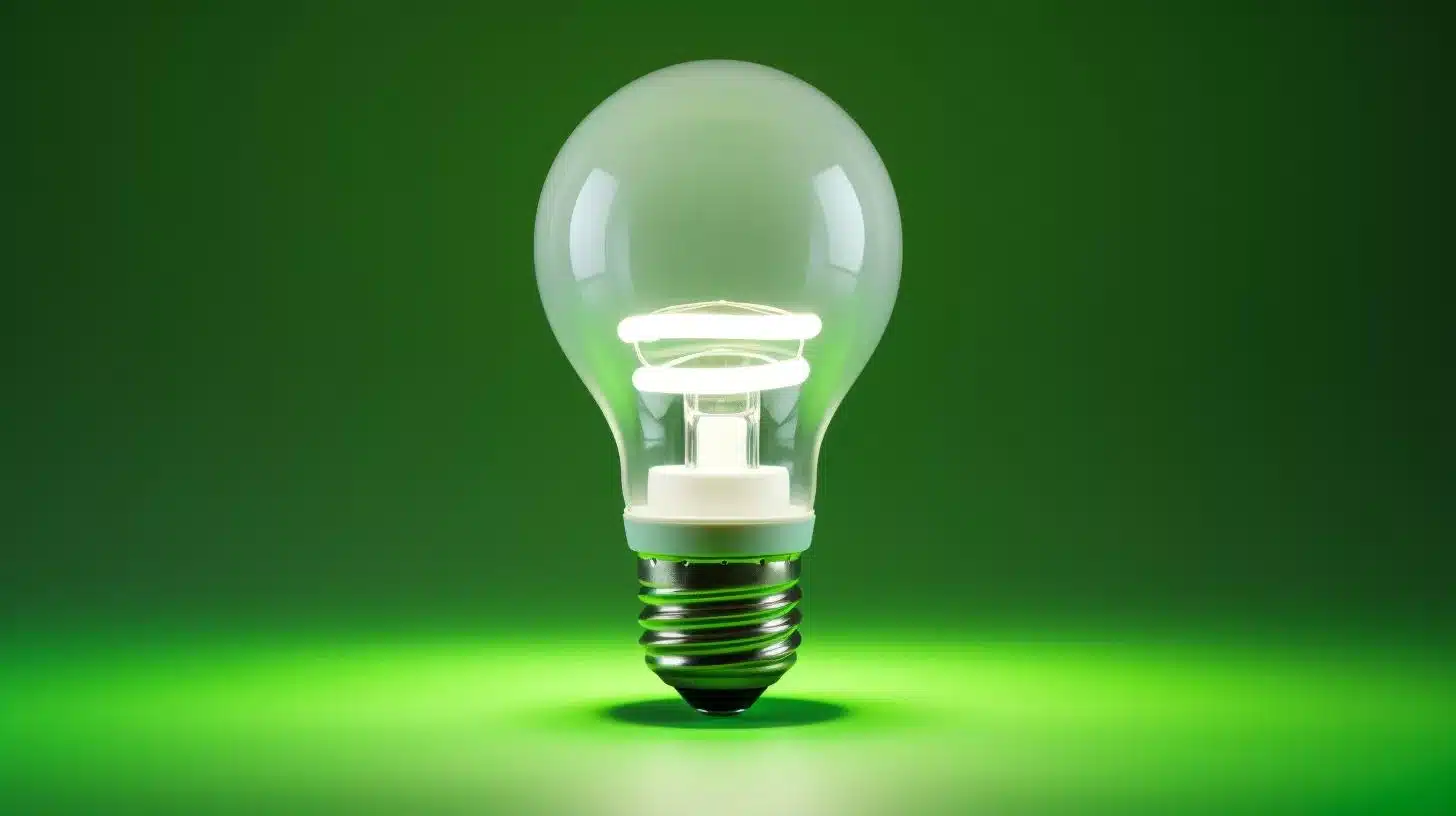
Types of Energy-Efficient Technology
LED Lighting
LED lighting is considered top-tier in terms of energy efficiency, and its prices have recently become more competitive with other lighting options. LED lighting uses up to 80% less energy than traditional incandescent bulbs, and lasts up to 25 times longer. While the upfront costs of LED bulbs may be higher, the long-term savings on energy bills and replacement costs make them a cost-effective choice.
Smart Thermostats
Smart thermostats are a great way to save money on your energy bills. They learn your behavior and preferences, and adjust the temperature of your home accordingly. This can lead to significant energy savings, as you’re not heating or cooling your home unnecessarily. According to the U.S. Department of Energy, using a programmable thermostat can save you up to 10% on your heating and cooling bills.
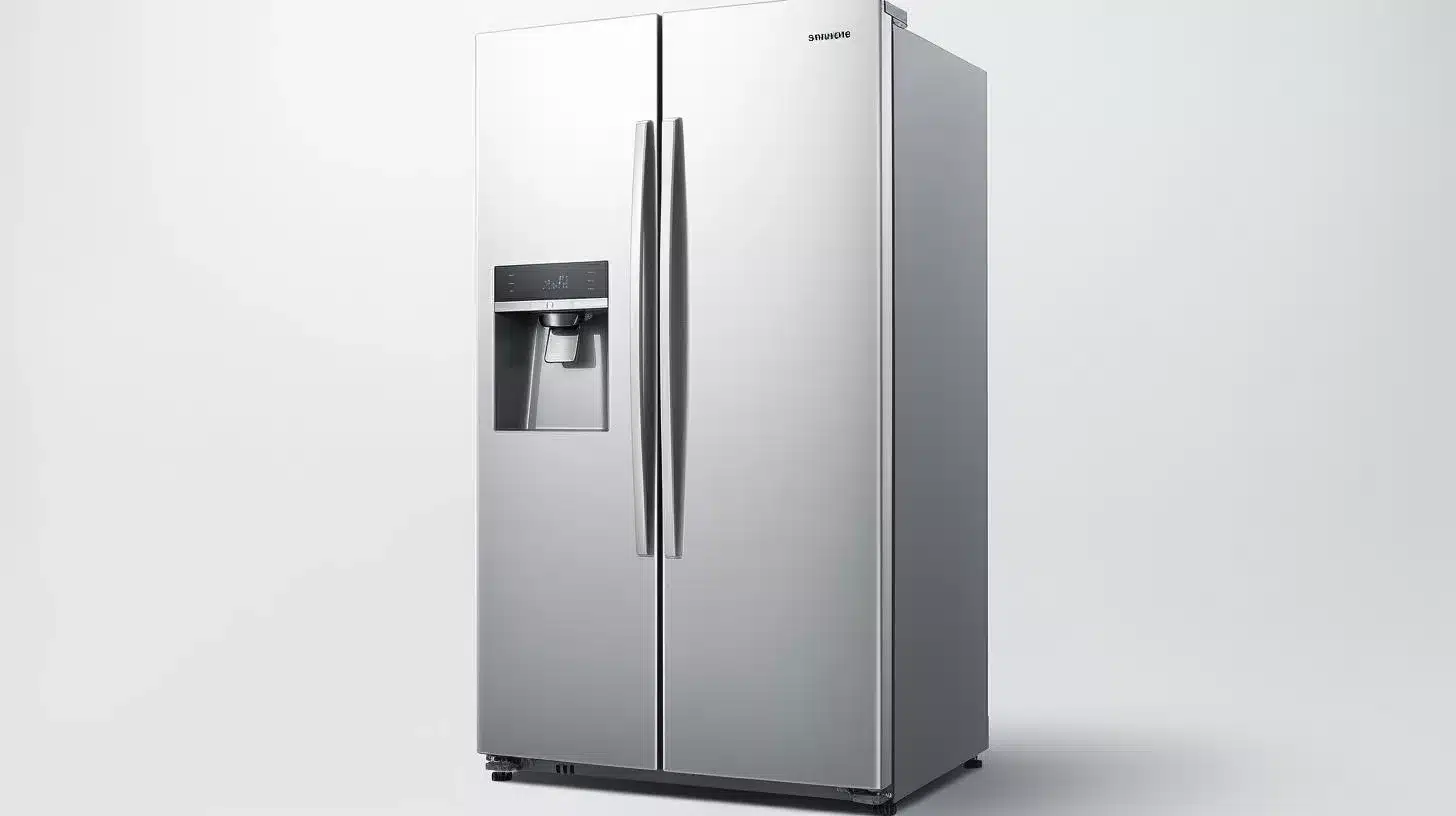
Energy-Efficient Appliances
Energy-efficient appliances, such as refrigerators, washing machines, and dishwashers, use less energy than their less efficient counterparts. They often have an ENERGY STAR rating, which means they meet specific energy efficiency guidelines set by the U.S. Environmental Protection Agency. While the upfront costs of energy-efficient appliances may be higher, the long-term savings on energy bills make them a cost-effective choice. For example, an ENERGY STAR certified refrigerator can save you up to $300 over its lifetime.
Insulation
Insulation can help keep your home warm in the winter and cool in the summer, reducing your energy bills. It can also help reduce noise pollution and improve indoor air quality. While the upfront costs of insulation may be higher, the long-term savings on energy bills make it a cost-effective choice. According to the U.S. Department of Energy, adding insulation to your attic can save you up to 10% on your heating and cooling bills.
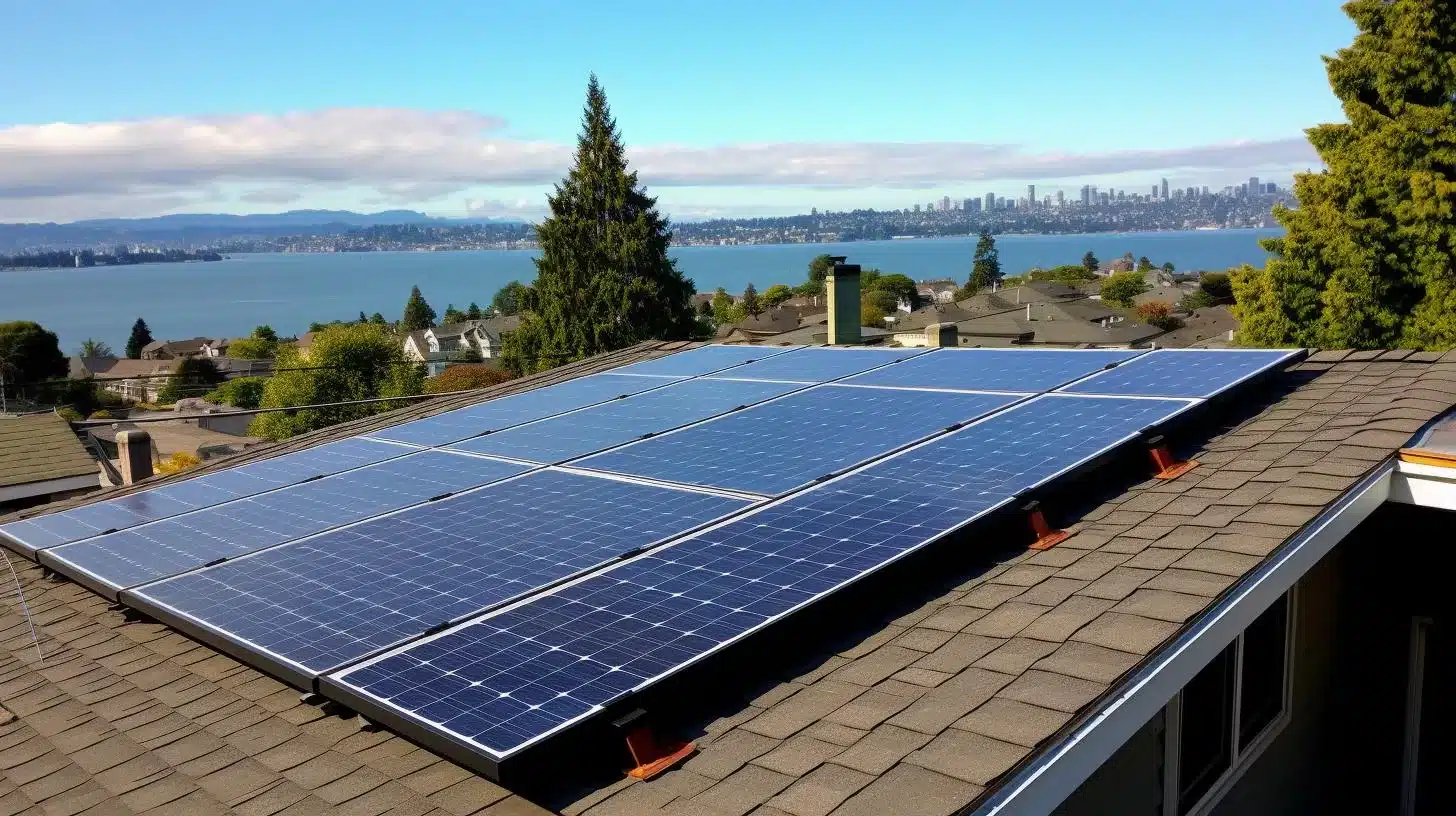
Solar Panels
Solar panels convert sunlight into electricity, which can be used to power your home or business. They’re a great way to reduce your carbon footprint and save money on your energy bills in the long run. While the upfront costs of solar panels may be higher, the long-term savings on energy bills and potential tax credits and incentives make them a cost-effective choice. The ROI on solar panels can range from 5 to 20 years, depending on factors such as location, energy usage, and incentives.
Energy-Efficient HVAC Systems
Energy-efficient HVAC systems use less energy than traditional systems to heat and cool your home or business. They often have a SEER rating, which stands for Seasonal Energy Efficiency Ratio, and measures the cooling output divided by the energy consumed. While the upfront costs of energy-efficient HVAC systems may be higher, the long-term savings on energy bills make them a cost-effective choice. According to the U.S. Department of Energy, upgrading to an energy-efficient HVAC system can save you up to 20% on your heating and cooling bills.
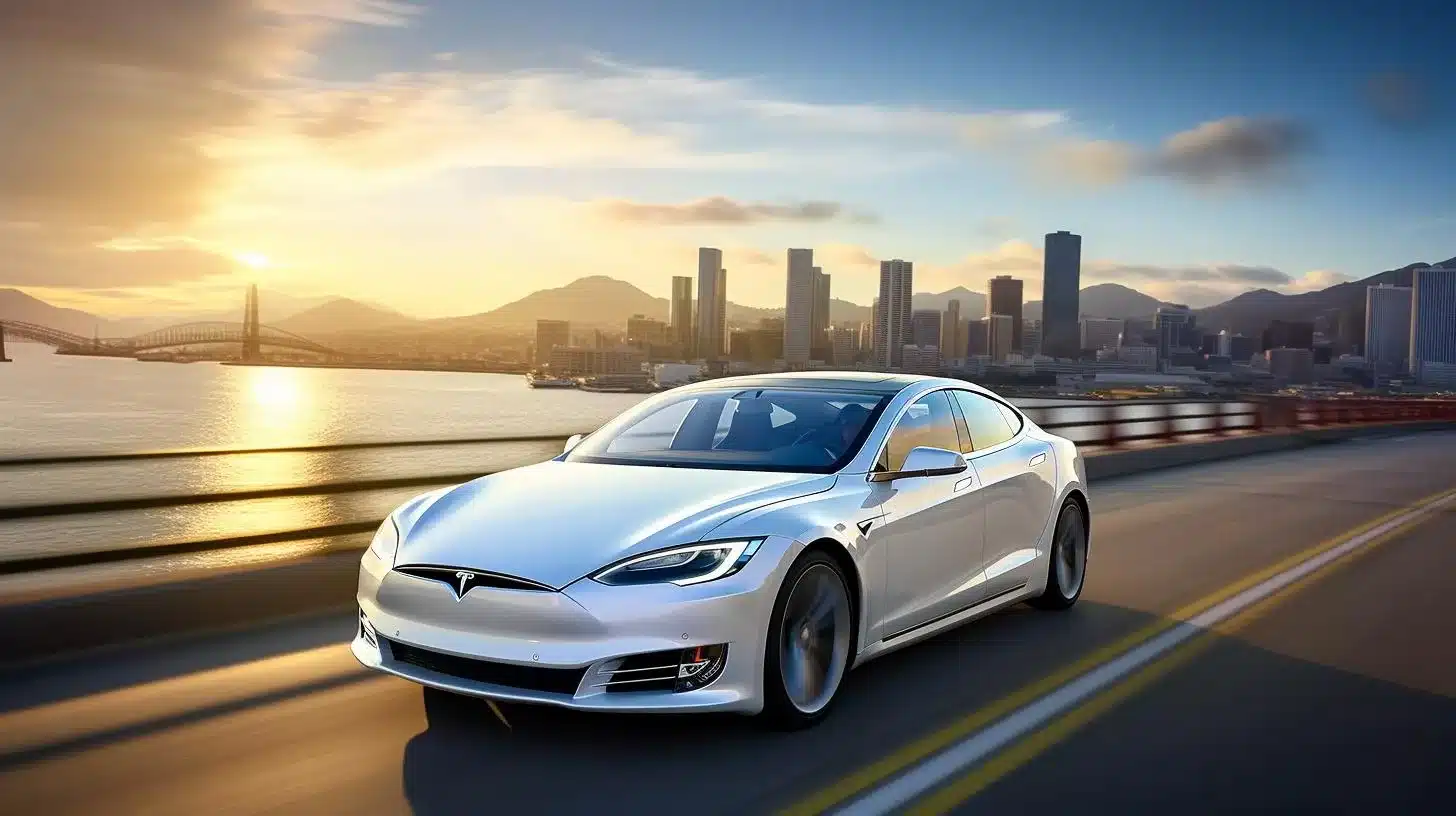
Electric Vehicles
Electric vehicles are becoming increasingly popular, as they produce zero emissions and are more energy-efficient than traditional gasoline-powered vehicles. They’re also cheaper to operate in the long run, as electricity is generally cheaper than gasoline. While the upfront costs of electric vehicles may be higher, the long-term savings on fuel costs and potential tax credits and incentives make them a cost-effective choice.
High-Efficiency Motors
High-efficiency motors are used in a variety of applications, including industrial processes, HVAC systems, and electric vehicles. They’re designed to use less energy than traditional motors, while still providing the same level of performance. While the upfront costs of high-efficiency motors may be higher, the long-term savings on energy bills and potential tax credits and incentives make them a cost-effective choice.
Building Automation Systems
Building automation systems use sensors and controls to automate building functions, such as lighting and HVAC systems. They can help reduce energy consumption and improve building performance. While the upfront costs of building automation systems may be higher, the long-term savings on energy bills and potential tax credits and incentives make them a cost-effective choice.
Benefits of Energy-Efficient Technology
There are numerous benefits to using energy-efficient technology, including:
Cost Savings
Using energy-efficient technology can lead to significant cost savings over time. For example, using LED lighting, a smart thermostat, and energy-efficient appliances can lead to lower electricity bills, reduced water and energy consumption, and lower replacement costs.
Reduced Carbon Footprint
Using energy-efficient technology can help reduce your carbon footprint, as you’re using less energy to perform the same task. This can help mitigate climate change and promote a more sustainable future. For example, using solar panels and electric vehicles can significantly reduce your reliance on fossil fuels.
Improved Comfort and Productivity
Energy-efficient technology can improve the comfort and productivity of your home or business. For example, using a smart thermostat and energy-efficient HVAC system can help regulate the temperature of your home, leading to a more comfortable living environment. Improved indoor air quality can also lead to better health and productivity.
Increased Property Value
Energy-efficient homes and buildings are often more valuable than their less efficient counterparts. This is because they’re cheaper to operate in the long run, and often have a higher resale value. For example, a study by the U.S. Department of Energy found that energy-efficient homes sold for up to 9% more than similar homes without energy-efficient features.
Enhanced Brand Reputation
Using energy-efficient technology can enhance your brand’s reputation, as it shows that you’re committed to sustainability and reducing your carbon footprint. This can lead to increased customer loyalty and sales.
Compliance with Government Regulations
In some cases, using energy-efficient technology is required by law. For example, the U.S. Department of Energy has established energy efficiency standards for a variety of products, including appliances, lighting, and HVAC systems. Compliance with these standards can help your business avoid fines and penalties.
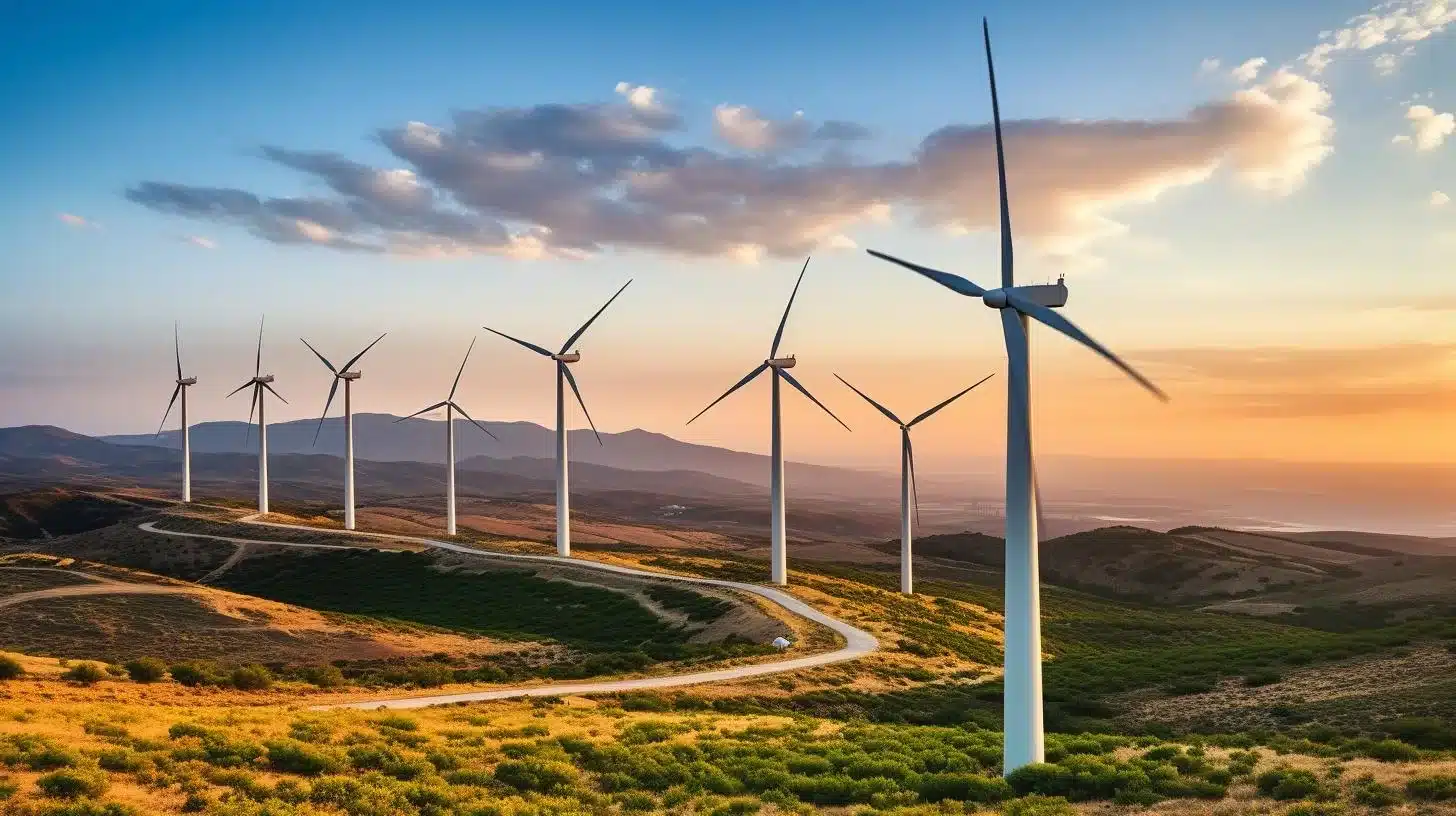
Environmental Impact of Energy-Efficient Technology
Energy-efficient technology not only saves money, but it also has a positive impact on the environment. By reducing energy consumption, energy-efficient technology can help reduce greenhouse gas emissions and other pollutants that contribute to climate change. For example, a study by the U.S. Department of Energy found that increasing energy efficiency in buildings could reduce carbon emissions by up to 50%. By using renewable energy sources, such as solar panels, energy-efficient technology can also help reduce our reliance on fossil fuels and promote a more sustainable future.
Personal Story: The Benefits of Energy-Efficient Lighting in My Home
When I first moved into my home, I didn’t think much about the type of lighting I was using. I knew that incandescent bulbs were cheap, so that’s what I used. However, my energy bills were consistently high, and I was feeling guilty about my impact on the environment. After doing some research, I decided to switch to LED lighting.
The upfront costs were a bit more than traditional bulbs, but the long-term savings were significant. Not only did my energy bills decrease, but the LED bulbs also lasted much longer than my old incandescent ones. Plus, I loved the quality of the light – it was brighter and more even than before.
But the benefits didn’t stop there. I also noticed that my home was cooler during the summer months, as LED bulbs produce less heat than incandescent bulbs. And since I didn’t have to change the bulbs as often, I was saving time and hassle as well.
Overall, switching to energy-efficient lighting was a small change that had a big impact. It not only saved me money, but it also helped reduce my carbon footprint and made my home a more comfortable place to be.
Case Studies
There are numerous case studies that demonstrate the benefits of energy-efficient technology. Here are a few examples:
Residential Buildings
Energy-efficient home design and smart home automation are two examples of how energy-efficient technology can be used in residential buildings. By using insulation, energy-efficient appliances, and smart thermostats, homeowners can significantly reduce their energy bills and carbon footprint. For example, a study by the U.S. Department of Energy found that energy-efficient home upgrades could reduce energy bills by up to 50%.
Commercial Buildings
LEED-certified buildings and energy-efficient lighting are two examples of how energy-efficient technology can be used in commercial buildings. By using energy-efficient lighting and building automation systems, businesses can reduce their energy consumption and operating costs. For example, a study by the U.S. Department of Energy found that energy-efficient lighting upgrades could reduce energy bills by up to 60%.
Transportation
Electric vehicles and public transportation are two examples of how energy-efficient technology can be used in transportation. By using electric vehicles or taking public transportation, individuals can significantly reduce their carbon footprint and save money on transportation costs. For example, a study by the Union of Concerned Scientists found that electric vehicles produce 50-70% less carbon emissions than gasoline-powered vehicles.
Industrial Processes
Waste heat recovery and energy-efficient manufacturing processes are two examples of how energy-efficient technology can be used in industrial processes. By recovering waste heat and using energy-efficient motors, factories can significantly reduce their energy consumption and operating costs. For example, a study by the U.S. Department of Energy found that waste heat recovery could reduce energy bills by up to 30%.
Barriers to Adoption
Despite the numerous benefits of energy-efficient technology, there are still barriers to adoption. Here are a few examples:
Upfront Costs vs. Long-Term Savings
Many energy-efficient technologies have high upfront costs, which can be a barrier to adoption. However, it’s important to consider the long-term savings that can be achieved by using these technologies. For example, a study by the U.S. Department of Energy found that energy-efficient homes had a payback period of 2-10 years, depending on the level of energy efficiency.
Lack of Awareness and Education
Many people are simply not aware of the benefits of energy-efficient technology, or how to use it. Education and awareness campaigns can help address this issue. For example, the U.S. Department of Energy’s Energy Saver program provides resources and tips for homeowners and businesses to improve their energy efficiency.
Resistance to Change
Some people may be resistant to change, and may be hesitant to adopt new technologies. Education and awareness campaigns can also help address this issue. For example, highlighting the cost savings and environmental benefits of energy-efficient technology can help persuade individuals and businesses to make the switch.
Split Incentives
In some cases, the person who pays for a technology upgrade is not the same person who benefits from it. This can create a split incentive, which can be a barrier to adoption. For example, a landlord may be hesitant to invest in energy-efficient upgrades if the tenant pays the energy bills.
Policy and Regulatory Barriers
Policy and regulatory barriers can also be a barrier to adoption. For example, some cities may not allow solar panels to be installed on certain types of buildings. Addressing these barriers may require changes in policy or regulations, as well as education and awareness campaigns.
Future Trends
There are numerous future trends in energy-efficient technology, including:
Artificial Intelligence and Machine Learning
Artificial intelligence and machine learning can be used to optimize energy consumption and reduce waste. For example, smart building automation systems can use machine learning algorithms to predict and adjust energy usage based on occupancy patterns and weather forecasts.
Blockchain Technology
Blockchain technology can be used to track energy consumption and promote transparency in the energy sector. For example, blockchain-based energy trading platforms can enable individuals and businesses to buy and sell renewable energy credits.
Smart Grid Technology
Smart grid technology can be used to optimize energy consumption and improve the reliability of the electric grid. For example, smart grid systems can use real-time data to balance supply and demand, and reduce the need for fossil fuel-powered peaker plants.
5G Connectivity
5G connectivity can be used to enable new energy-efficient technologies, such as autonomous vehicles and smart cities. For example, 5G-enabled traffic management systems can help reduce congestion and improve fuel efficiency.
Next-Generation Batteries
Next-generation batteries, such as solid-state batteries, can be used to store renewable energy and improve the efficiency of electric vehicles. For example, solid-state batteries can provide higher energy density and faster charging times than traditional lithium-ion batteries.
Hydrogen Fuel Cells
Hydrogen fuel cells can be used to power vehicles and buildings, and produce zero emissions. For example, hydrogen fuel cell vehicles can provide longer driving ranges and faster refueling times than electric vehicles.
Energy Efficiency Standards and Labeling Programs
There are numerous energy efficiency standards and labeling programs that can help consumers identify energy-efficient products, including:
ENERGY STAR
ENERGY STAR is a program that identifies energy-efficient products, including appliances, lighting, and HVAC systems. Products with the ENERGY STAR label meet specific energy efficiency guidelines set by the U.S. Environmental Protection Agency.
EPEAT
EPEAT is a program that identifies environmentally preferable electronics, including computers and displays. Products with the EPEAT label meet specific environmental criteria, such as energy efficiency and recyclability.
Building Energy Efficiency Standards (BEES)
BEES are standards that establish minimum energy efficiency requirements for buildings. These standards may be set at the federal, state, or local level, and may apply to residential or commercial buildings.
Green Building Certification Programs
Green building certification programs, such as LEED, establish standards for sustainable building design and construction. Buildings that meet these standards may be eligible for tax credits and incentives, as well as enhanced resale value.
